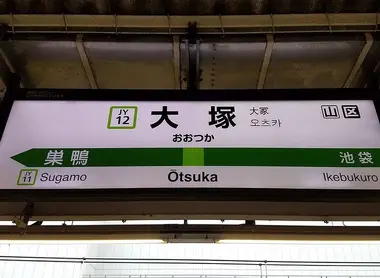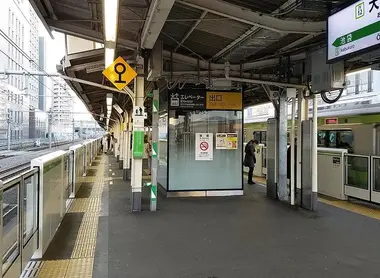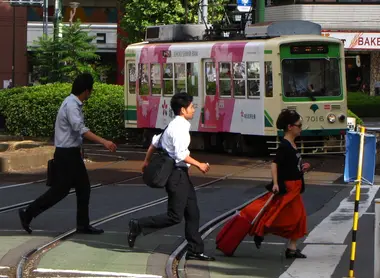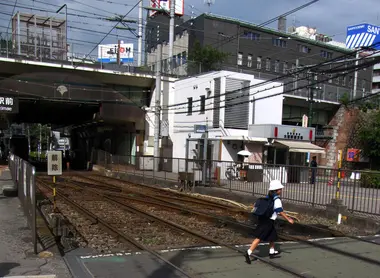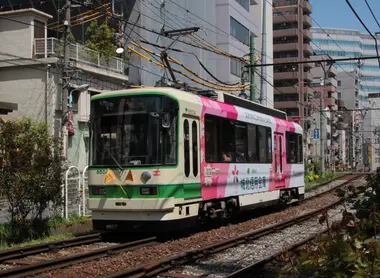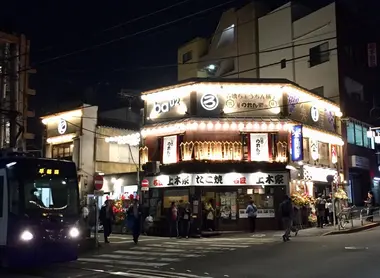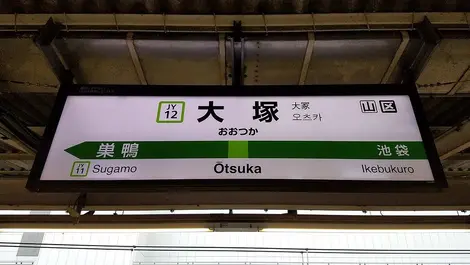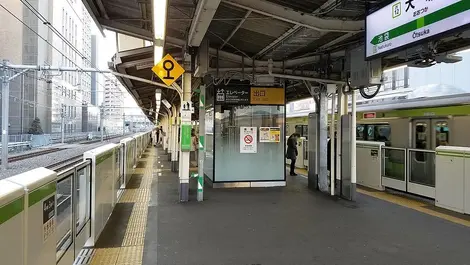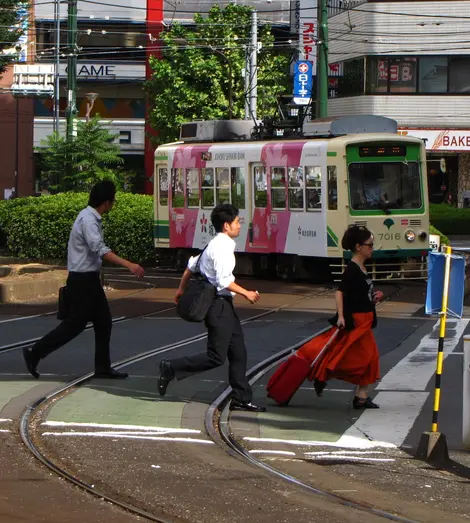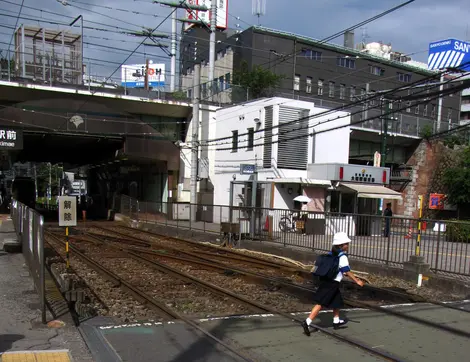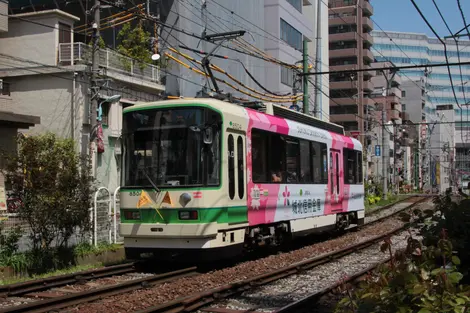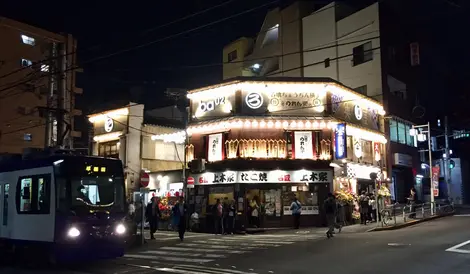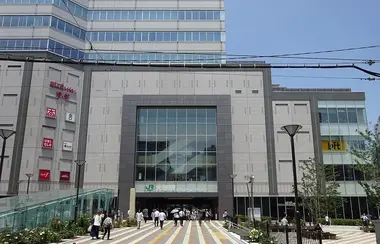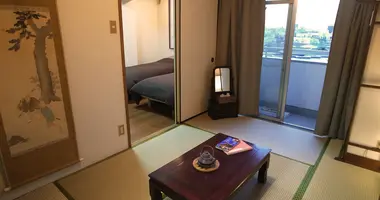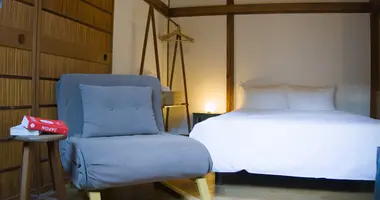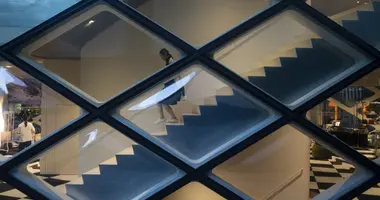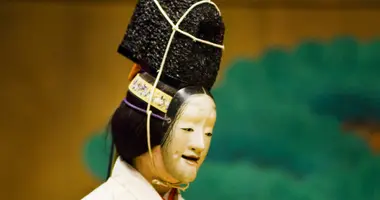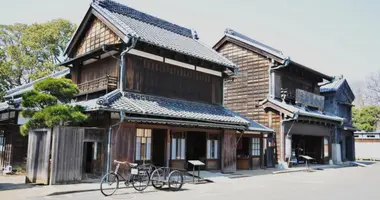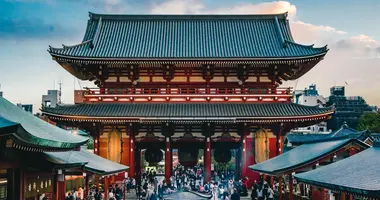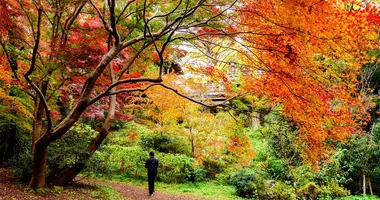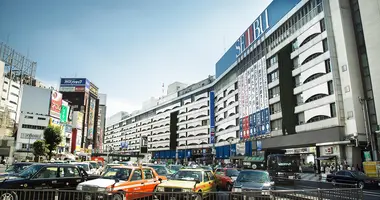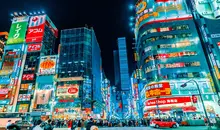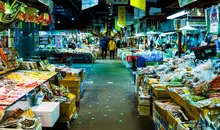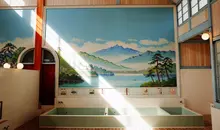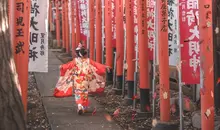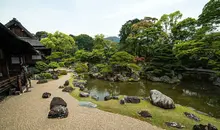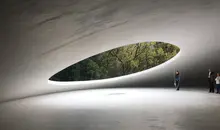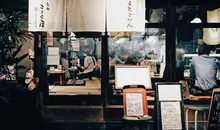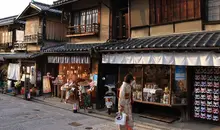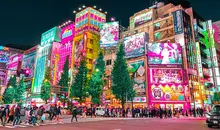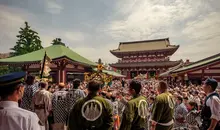Ôtsuka station: a historic and modern crossroads in the heart of Tokyo
- Published on : 19/03/2024
- by : J.L.
- Youtube
Located in Tokyo's Toshima district, Ôtsuka station (大塚駅) is a true crossroads between tradition and modernity. Opened on April 1, 1903 on the Yamanote line, the station has undergone numerous transformations over the decades. Today, it skilfully combines its rich past with the demands of contemporary urban life. As the junction between the railway network and Tokyo's last tramway, Ôtsuka offers travelers a unique experience, blending nostalgia with technological innovation. Let's discover together the fascinating history and multiple facets of this emblematic site of the Japanese capital.
History and evolution of Ôtsuka station
The history of Ôtsuka station is closely linked to that of Tokyo's urban development. Initially built on the land of the former village of Sugamo, the station's name gradually came to replace Sugamo as the name of the surrounding district. This toponymic evolution bears witness to the profound impact the station has had on its surroundings.
Before the Second World War, Ôtsuka was a lively district, home to department stores, cinemas and even a geisha district called Hanagai. The station itself has undergone several major transformations. The original wooden building, typical of the Meiji era, was replaced only in 2009 by the large "Atre" shopping complex, marking the transition to a new era for the station and the district.
A project to build an underground subway station had been envisaged to cope with the growing crowds, but the poor quality of the ground made this impossible. To compensate, Shin-Ôtsuka station was built nearby, illustrating the ability of urban planners to adapt to local constraints.
Station location and features
Ôtsuka station occupies a strategic position on the Yamanote line, the circular artery that serves Tokyo's main districts. Just one stop from Ikebukuro, it boasts excellent connectivity while retaining a more intimate, traditional atmosphere.
The station's current architecture, dominated by the Atre complex, combines modern functionality with aesthetic touches reminiscent of the past. The platforms, equipped with automatic security barriers, offer a striking contrast with the retro ambience of the surrounding district, perfectly illustrating the duality between tradition and innovation so characteristic of Tokyo.
Rail services
Ôtsuka station is mainly served by JR East's Yamanote line, one of Tokyo's busiest. This circular line enables passengers to easily reach the capital's main centers of activity, such as Shinjuku, Shibuya and Tokyo Station.
In addition to the JR network, Ôtsuka is also an important transfer point for the Toden Arakawa streetcar line, renamed Tokyo Sakura Tram. This line, the last vestige of Tokyo's once extensive streetcar network, adds a touch of nostalgic charm to the transportation experience. It connects Ôtsuka with less touristy but equally interesting parts of the capital.
The station offers all the modern services you'd expect from a Japanese station: automatic ticketing, luggage lockers, shops and restaurants. The Atre complex, integrated into the station, offers a wide range of stores and services, making Ôtsuka much more than just a transit point.
The Ôtsuka district: between tradition and modernity
The area surrounding Ôtsuka station is a perfect example of the harmonious coexistence of traditional and contemporary Japan. The streets adjacent to the station abound with small shops, family restaurants and traditional izakayas, offering visitors an authentic glimpse of Tokyo's daily life.
One of the most emblematic projects of Ôtsuka's revival is the "Ba project", initiated by a local real estate company. This project aims to revitalize the district by creating spaces for meetings and exchanges. The "OMO5" hotel from Hoshino Resort's Les hôtels Omo chain, opened in 2018, is a perfect example. It offers original themed guided tours, enabling visitors to discover little-known aspects of the district.
Another flagship project is "Tokyo Ôtsuka noren gai", an innovative restaurant concept set up in renovated old houses. This unique venue offers a variety of cuisines, from traditional izakayas to modern sushi bars and nostalgic menus reminiscent of the Shôwa era. It's a real invitation to travel back in time while savoring Japanese gastronomy.
Attractions and points of interest around the station
Despite its modest size, the Ôtsuka district is full of interesting attractions for curious visitors. One must-see is the Tenso-Jinja shrine, protector of the ancient village of Sugamo. Dedicated to Amaterasu, the sun goddess in Shinto mythology, this shrine is reminiscent in its importance of the great shrine at Ise. On September 17, the annual matsuri brings the streets to life with festivities, music and traditional dances.
For food lovers, the"Bongo" onigiri bar is a must. Offering no fewer than 54 different varieties of onigiri (rice dumplings), this unique venue lets you discover the full diversity of this emblematic dish of Japanese cuisine at affordable prices.
History buffs will appreciate the proximity of the Shôwa-kan Museum, located not far from the station. This museum offers a fascinating insight into daily life in Japan during the Shôwa era (1926-1989), a period of great change for the country.
The Tokyo Sakura Tram line: a vestige of the past
The Toden Arakawa streetcar line, renamed Tokyo Sakura Tram, is an essential part of Ôtsuka's charm. Opened in 1911 under the name Ôtsuka Ekimae Teiryujo, this line is today the last vestige of the vast streetcar network that once criss-crossed Tokyo.
The tramway, with its retro but modernized carriages, offers a unique transport experience. Its 12.2-kilometer route passes through picturesque, less touristy areas of Tokyo, offering a different perspective of the city. In spring, the line is particularly popular for its views of cherry blossom, hence the nickname "Sakura Tram".
The presence of this streetcar line in Ôtsuka contributes greatly to the nostalgic atmosphere of the district. It recalls a time when the pace of life was slower and public transport played a central role in the development of local communities.
Development projects and the future of Ôtsuka station
The future of Ôtsuka station looks bright, with several development projects underway or in the pipeline. The success of the "Ba project" and the opening of new commercial and residential spaces testify to the vitality and growth potential of the area.
Local authorities and private companies are working together to preserve Ôtsuka's unique character while modernizing its infrastructure. Plans are underway to improve the station's accessibility, particularly for people with reduced mobility, and to optimize connections between the Yamanote line and the tramway.
The future development of Ôtsuka aims to make it a model of a sustainable and friendly neighborhood, combining efficient transport, preservation of historical heritage and the creation of pleasant living spaces. The station, as the focal point of these transformations, will continue to play a central role in the neighborhood's evolution.
In conclusion, Ôtsuka Station, with its unique blend of history and modernity, offers visitors an authentic Tokyo experience, far from the beaten track. Whether you're interested in the history of Japanese transport, local gastronomy or simply looking for a picturesque district to explore, Ôtsuka certainly deserves a place on your itinerary. So why not discover the Yamanote and make a stop at this fascinating station on your next trip to Tokyo?
